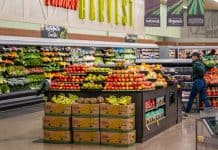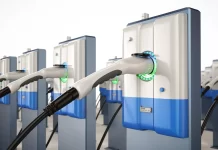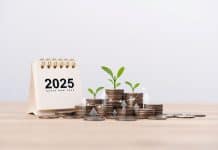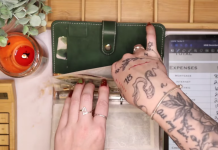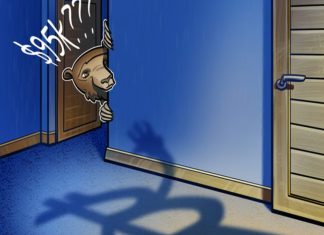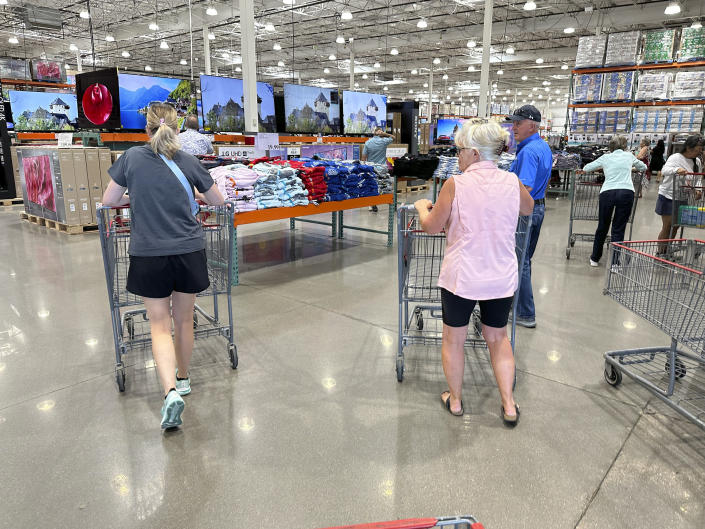
During the historic run-up in inflation, America’s biggest consumer brands justified their pandemic-era price increases by pointing to the ways COVID shocked the economy and the higher costs of doing business. Now that these broad conditions are subsiding, there are signs consumers are less willing to pay up.
As labor markets loosen and pricing pressures ease, some consumer staples giants have experienced a drop in volume, suggesting that consumers are pushing back against higher prices, trading down to private labels, or cutting back to save money.
Kraft Heinz (KHC), for instance, grew net sales 2.6% in its second quarter as it raised prices. But volumes dropped 7% year over year.
And Procter & Gamble (PG) CEO Jon Moeller said the company is emphasizing the value its products provide on packaging and in advertising to ensure they are grabbing the attention of consumers squeezed by higher prices. The company’s volumes declined 1% in the latest quarter.
The volume declines highlight a conundrum for companies: “If prices are too high, companies will lose a significant number of customers but if prices are too low, they will lose significant profits,” said Kristina Hooper, chief global market strategist for Invesco.
Customers’ pain at the register has become a defining feature of the US economy, and remains a dominant storyline in Washington and on the campaign trail. But as consumers start to expect some relief at the register, brands will face challenges to stay competitive.
Higher prices drove significant sales growth for businesses, and as that evaporates, “we do not foresee a meaningful uptick in volume from an industry-wide perspective,” said Jason English, managing director on the food and beverages team at Goldman Sachs Global Investment Research. Many companies, he said, will struggle to find growth.
Expect more sales and discounts
This earnings season several consumer brands highlighted how spending has remained resilient, even in the face of prolonged price increases, while noting shifts in behavior as shoppers hunt for bargains.
Coca-Cola (KO) CEO James Quincey highlighted the change in cost-conscious shoppers during the company’s latest earnings call. “They’re looking for value and stocking up on items on sale. In these markets, our pricing is largely in place and is expected to moderate as we cycle pricing initiatives from the prior year,” he said. In its most recent quarter, the company reported a 10% increase in price/mix, which incorporates price, product, and package size. Its North American volumes fell 1%.
Rival PepsiCo (PEP) noted during earnings that the majority of shoppers are staying faithful to its brands even as some consumers are “optimizing their budgets.” CEO Ramon Laguarta said, “They’re buying more in dollar stores or they’re buying more in mass or in clubs.”
As inflation overall trends downward, consumers may not feel the shift at the checkout line in the form of lower prices. “From a consumer price perspective we do not see a lot of deflation on the horizon,” said English. “Instead, we see a moderation of inflation with a corresponding increase in promotional activity,” he said, giving value-seeking consumers opportunities to save money.
Unilever’s (UL) latest earnings report showcased how executives are navigating an inflation comedown and recalibrating the balance of volume and pricing. The company’s US market continues to grow as inflation eases, but consumers are starting to show signs of caution, said CFO Graeme Pitkethly.
The company’s divisions are each in a different phase in the inflation cycle, executives said, so looking at business groups where inflation has already come down offers a glimpse of things to come. In beauty and personal care, for example, the company said it started to see pricing moderate because inflation lessened and volumes picked back up. Results for the first half of the year “were really nicely balanced between price and volume,” said Pitkethly. Overall the company’s volume fell just 0.3%, as it raised prices 8.2%.
“There is no question the consumer is running out of wallet, as seen by increases in credit card balances, and troublingly, use of ‘buy now, pay later’ for essentials such as groceries,” said Michael Farr, chief market strategist for Hightower Advisors, and founder and CEO of Farr, Miller & Washington. “Yet, the propensity to spend, as seen in aggregate demand, has been resilient.”





